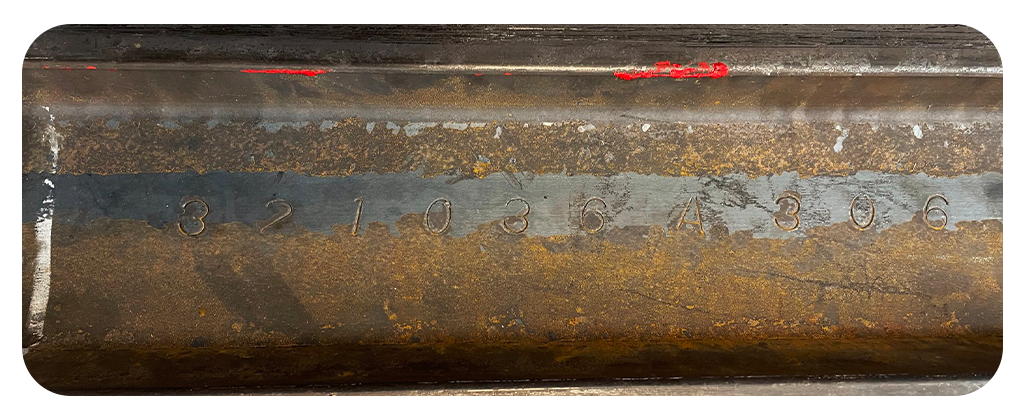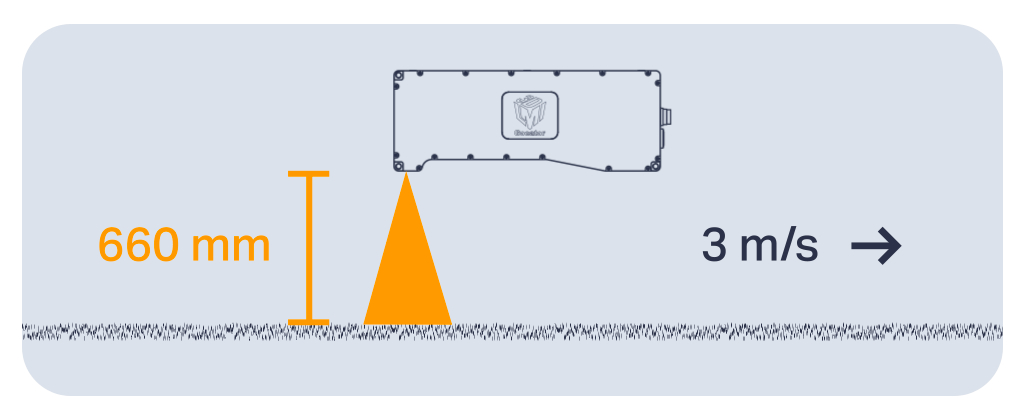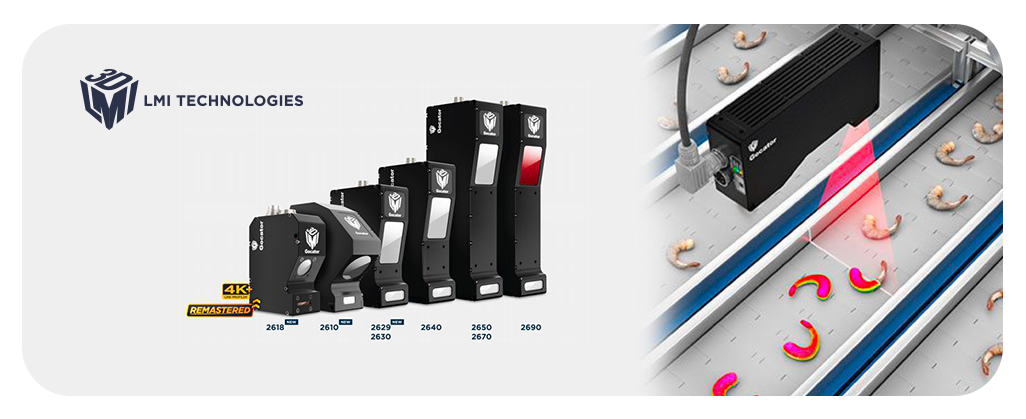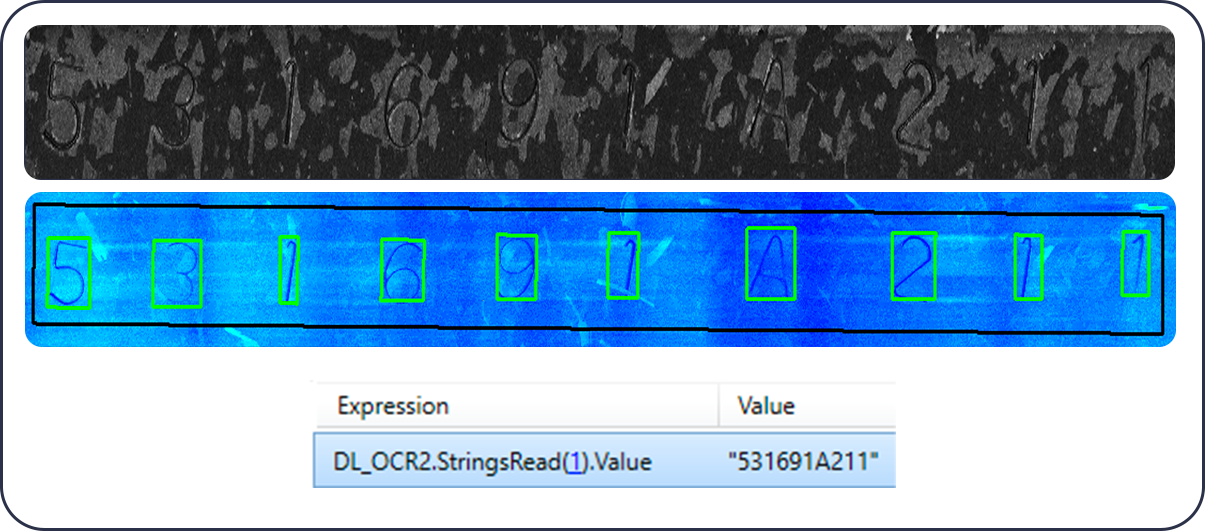
What to do when it is almost impossible to read the characters?
Read the characters on the metal rail? Sounds easy... until the reality of traffic comes into play. A surface covered in rust and dirt. Embossed marks that sometimes distort. And then there's the speed - up to 3 metres per second.
That's exactly the kind of job we tackled for one of our customers. The goal was to reliably read embossed codes on a metal rail 120 meters long. One block of 10 characters every 10 metres. And each of these characters had to be automatically recognized and transmitted to the system.
At first glance, a standard OCR application. But...

Problem: 2D image is not enough when characters disappear in rust
The original experiment with a classic 2D camera quickly showed its limits:
- Dirty, rust and glare significantly reduced the contrast.
- The characters were not always stamped as deeply.
- The grayscale image did not provide a stable result.
It meant one thing. We need to go 3D. Not for effect, but for functionality. Because reliability of reading is not a bonus, it's the foundation.

Our solution: the Gocator 2650 3D profilometer
In collaboration with our partner LMI Technologies, we have designed a new solution based on 3D sensing. The choice fell on the Gocator 2650. A line profilometer that allows you to capture the height profile of an object in motion.
Why this sensor?
- It has high resolution and a scan speed suitable for 3 m/s.
- It can accurately capture the shallow relief of stamped characters.
- The 3D image is independent of surface color and contrast, and the characters are legible even under a layer of rust.
We connected the sensor to an industrial PC, which provides data processing and evaluation.

Software: the OCR runs in Aurora Vision Studio
The evaluation is performed in the Aurora Vision Studio environment from our partner Zebra Technologies, which allows us to process 3D elevation data and perform advanced algorithms on it, including OCR.
With this software:
- Pre-processing of the data - noise filtering, image alignment.
- OCR logic is set up to work with the height profile.
- The results are sent to the downstream system in real time.

What was key in the design?
In addition to choosing the right sensor and software, other factors also played a key role:
- Calibration of the scan position - the characters had to be in the correct FOV area.
- Synchronization of motion and sensing - the rail speed was variable, so stable triggering was needed.
- Sample testing - we used dozens of real images with varying degrees of damage to tune the OCR model.
This is where the advantage of our role as an integrator became apparent: not only do we supply the components, but we design, debug, simulate and prepare the entire system for deployment.
Result: stable reading at high speed
Thanks to the Gocator 2650 3D profilometer and the appropriate implementation of the OCR algorithm, we have achieved a reliable reading of characters even on dirty and uneven surfaces. The OCR outputs are stable and ready for further processing without the need for manual intervention.
Every application deserves the right solution
This app beautifully shows that OCR is not just about the camera and the algorithm. It's about understanding the context, the environment and the requirements. And about making the right choice of technology, including moving from 2D to 3D when the application requires it.
Are you solving a similar problem? Let us know. We'd be happy to take a look at your application too.
Team AMV







